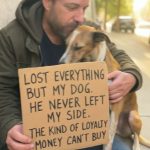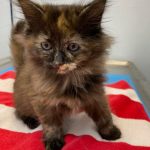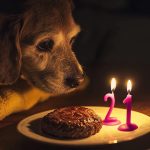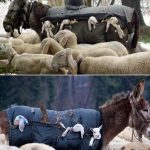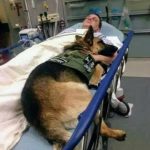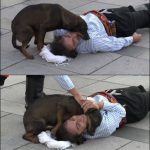Am I too ugly to be loved? Dog with unusual face cried when being hugged and cared for
Joan’s life was torn apart by a sudden, brutal accident that left her severely injured. She didn’t remember much—only the pain. Her neck and back burned with every breath, and movement was nearly impossible. Her body was broken in ways she couldn’t understand.
Her owner rushed her to the hospital for emergency surgery. The doctors worked hard to save her, and she survived. But the surgery left deep scars across her neck and back—scars that changed her appearance and made it impossible for her to fully close her eyes, even when she tried to sleep.
When her owner saw her after surgery, Joan expected comfort. Instead, he turned his back on her. He dropped her off at a shelter and left without a second glance. As he walked away, Joan watched him disappear, her heart silently shattering. She had already lost so much—now she lost the one person she trusted most.
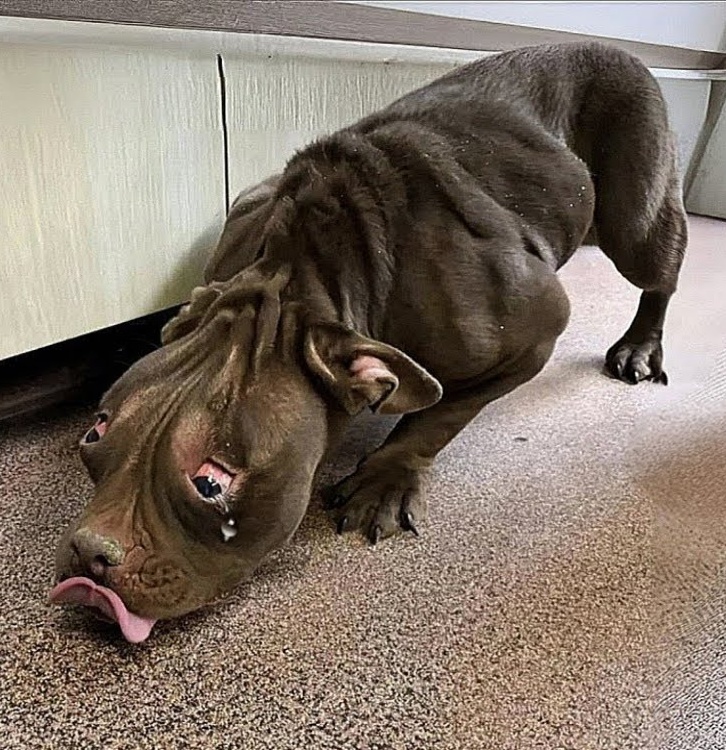
That night, and many nights after, Joan cried herself to sleep.
The shelter was full of dogs—healthy, beautiful, happy. They were adopted quickly, one by one. Joan sat quietly in the same corner, overlooked and ignored. No one looked twice at the scarred dog who couldn’t blink properly. People whispered, “Poor thing,” but still turned away. Some looked at her with disgust, as if her pain might be contagious.
She became invisible. Unwanted. Unloved.
Until one day, someone saw her.
A woman walked into the shelter and didn’t flinch. She didn’t turn away. She smiled. Her eyes weren’t drawn to Joan’s scars—they looked deeper, into her soul. She knelt down beside Joan and, for the first time in forever, Joan felt warmth. She felt love.
This woman didn’t care what Joan looked like. She saw beyond the scars and broken body—she saw hope. She saw a heart still beating. That same day, the woman took Joan home.
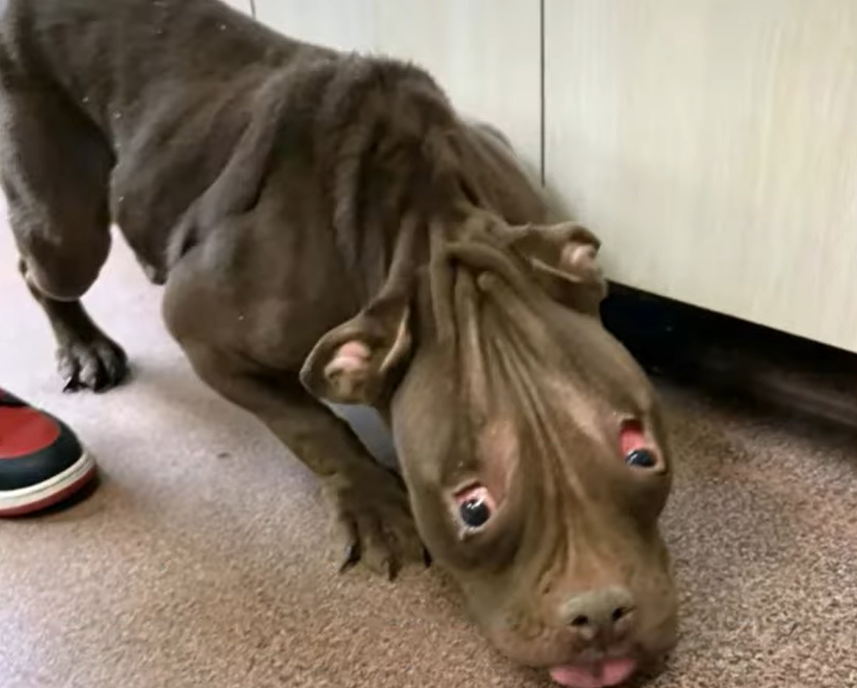
She called herself Joan’s “mom”—and Joan believed her.
Wasting no time, Mom brought Joan to a compassionate veterinarian. The vet explained that Joan needed another surgery to correct lingering issues from the first one. It would be costly and risky, but Mom didn’t hesitate. She used her savings and began a fundraiser to cover the rest. She told everyone—friends, strangers—Joan’s story.
And love responded.
Funds were raised. The surgery was done. It was a success—but recovery was still a mountain to climb. Joan needed around-the-clock care, medication, and close supervision. Through it all, Mom stayed by her side. She sang to Joan. Kissed her forehead. Whispered, “You’re going to be okay, Joan. I promise.”
And Joan believed her.
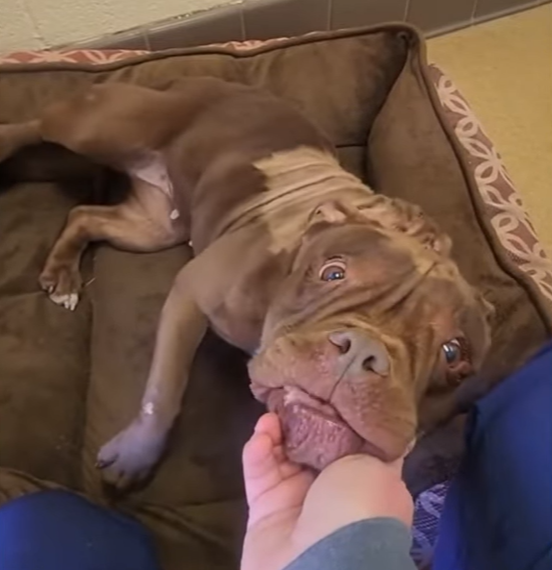
Weeks became months. Slowly, Joan began to heal. She started sleeping peacefully. She could rest without pain. Her tail began to wag again. She even played—a real, joyful kind of play that hadn’t existed for what felt like forever.
With each day, Joan and Mom grew closer. Joan followed her everywhere. She trusted her completely. Mom had taken a shattered spirit and rebuilt it with patience and love.
Soon, people noticed Joan—not because of her scars, but because she radiated joy. She had come alive again. Her scars told a story now: not of tragedy, but of strength, survival, and second chances.
Mom called her an angel—but Joan knew who the real angel was.
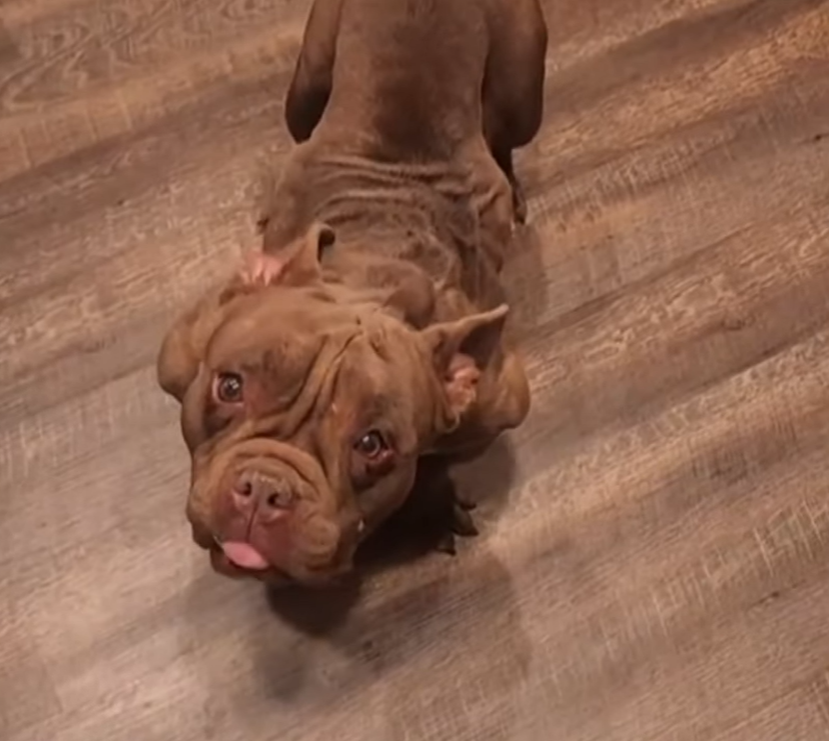
Mom didn’t just rescue her—she transformed her life.
So if anyone reading this ever encounters an animal like Joan, she hopes they’ll remember this: animals like her may be scarred, but they’re not broken. They may look different, but their love is whole—maybe even deeper—because they know what it means to be forgotten.
Every life deserves a chance. Love can heal even the deepest wounds.
Because rescue isn’t just about saving lives—it’s about transforming them.
And for Joan, that love meant everything.
Watch Video:
